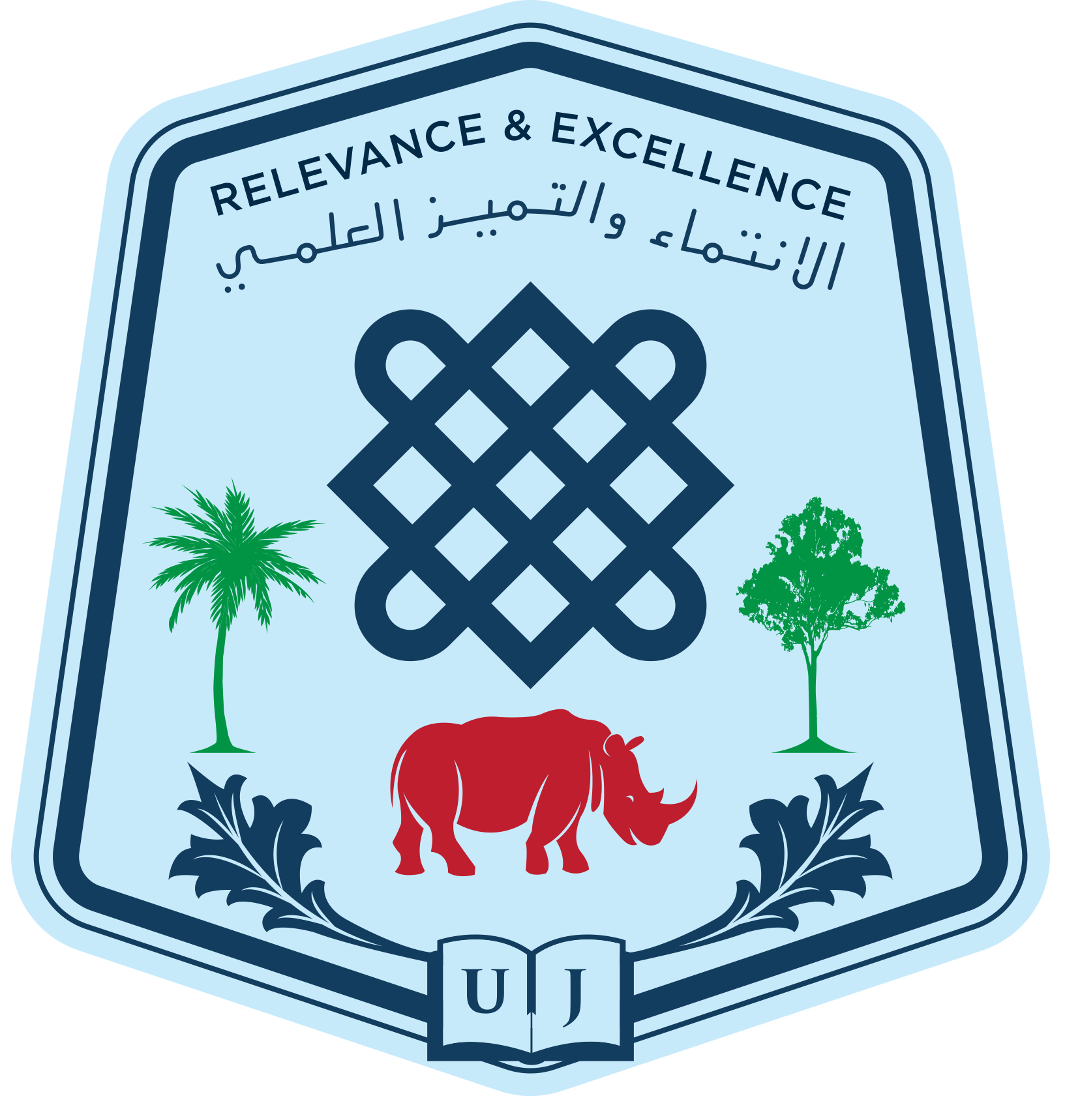Okeno. D. L. M., Muasya T. O., Mburu, J. N.,
Abstract
It was reasoned that, incorporating reproductive technologies and genomic selection in the current dairy goats breeding programme would generate higher response to selection compared to use of natural mating in the current conventional breeding programme. This premise was tested by deterministic simulation approach and compared to the current breeding programme where natural mating and conventional breeding programme is used in the tropics. Two breeding schemes with three breeding strategies were simulated. The first scheme was conventional breeding scheme (CS) which represented the current dairy goat-breeding programme in the tropics. An alternative scheme was genomic breeding scheme (GS). Each scheme was evaluated with three mating strategies. They include; conventional scheme using natural mating (CNM), AI-Liquid semen (CLS) and AI-Frozen semen (CFS), and genomic scheme using natural mating (GNM), AI-Liquid semen (GLS) and AI-Frozen semen (GFS) strategies, with 5% of the total population in the nucleus and 95 % in the commercial. The current study found that CLS and GLS were superior compared to CFS and GFS, and CNM and GNM strategies in terms of annual genetic gain, returns and profit per doe per year. The CLS realised additional Kenya Shillings (KES) 3.00 and 3.61, 151.31 and KES 46.72, 148.89 and 47.81, in genetic gain, returns and profitability compared to CNM and CFS, respectively. The CLS incurred low costs KES 23.38 compared to CFS with KES 24.47 but higher than CNM with KES 20.96. On the other hand, CFS strategy has generated additional returns KES 104.59 and profit KES 101.08 but lower by KES 0.61 in genetic gain compared to CNM strategy. Implementation of genomic scheme has generated additional improvement across the three mating strategies in all the parameters measured compared to the conventional scheme. The GS realised additional KES 11.54, 10.80 and 10.21 in genetic gain, KES 161.30, 183.48 and 175.90 returns, and 136.30, 158.48 and 150.90 profit in the GNM, GLS and GFS, respectively, compared to those realised in CNM, CLS and CFS. Genetic gain increased with increased nucleus population size up to 15% and thereafter, it declines in both CS and GS schemes with optimal nucleus size ranging between 14% and 16 %. In conclusion, the current study demonstrated that adoption of reproductive technologies such as AI would optimize response to selection in dairy goat breeding programs in the tropics. The response to selection in such breeding programmes could be maximized in combination with genomic selection.
Keywords: Frozen semen, genetic gain, liquid semen, natural mating, profit
Request the PDF file from the Author
